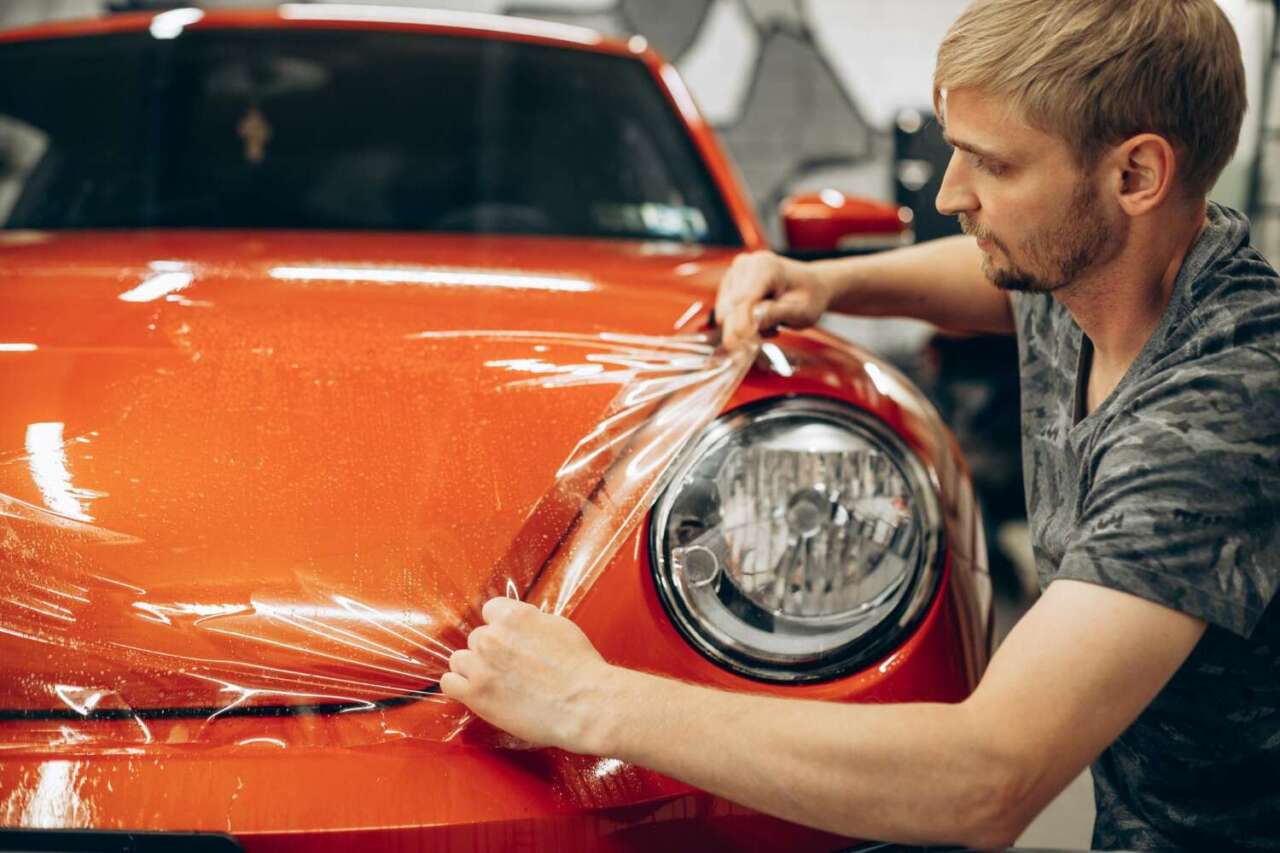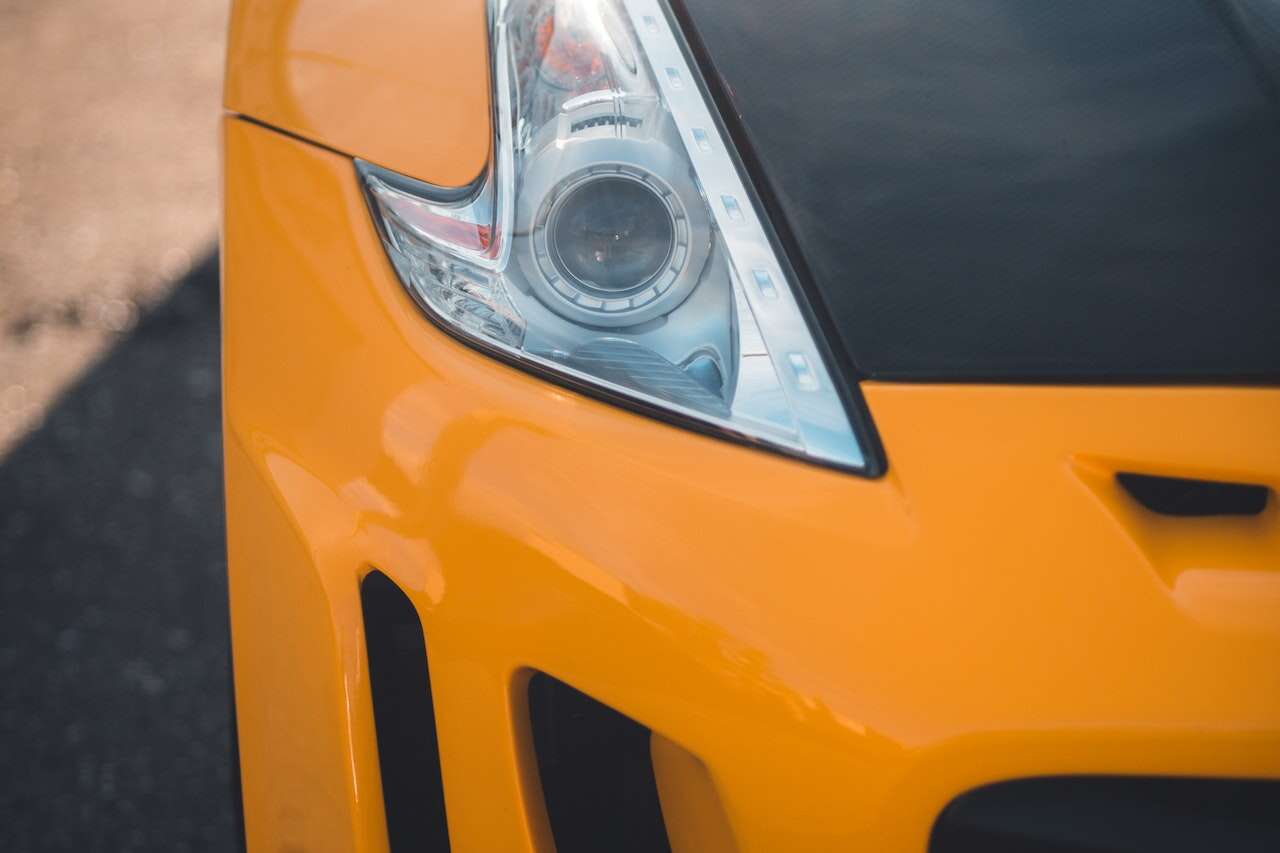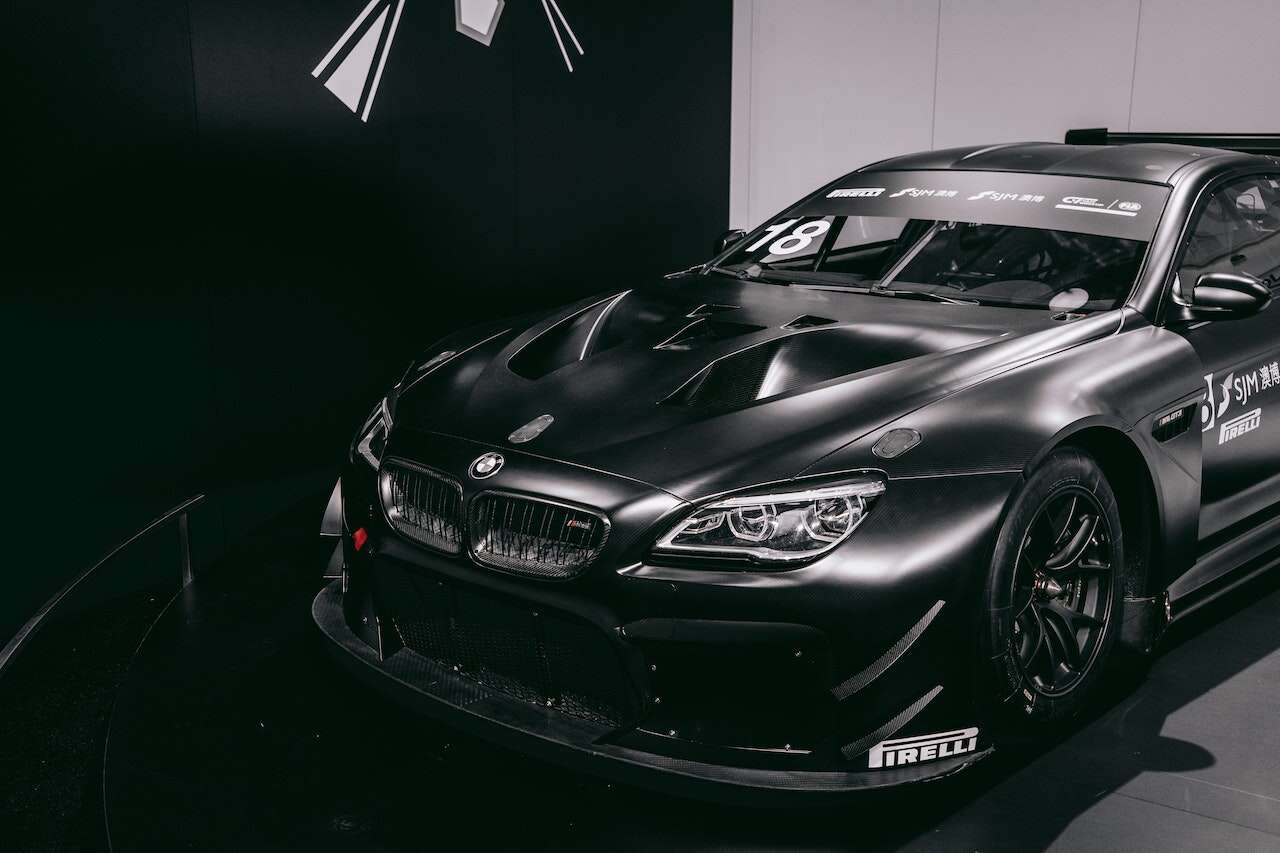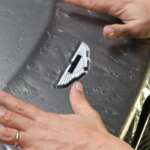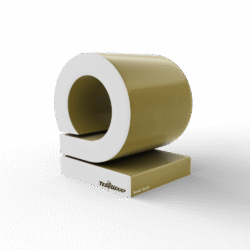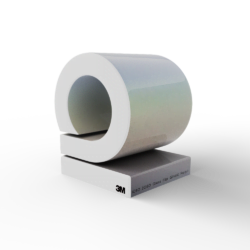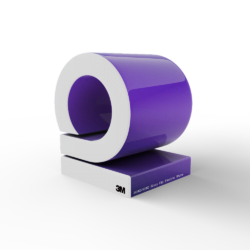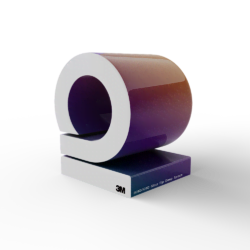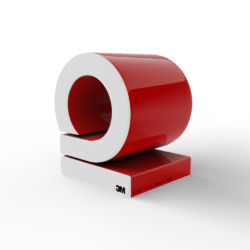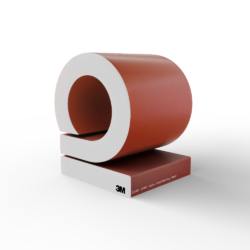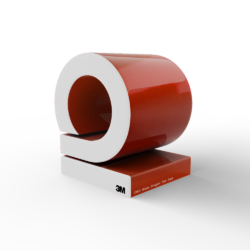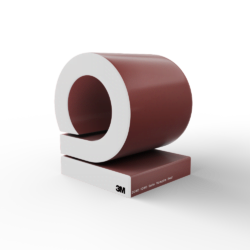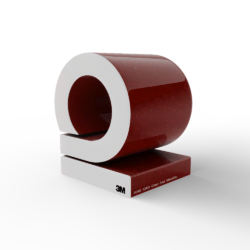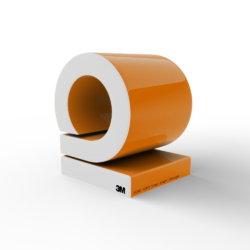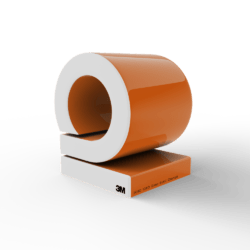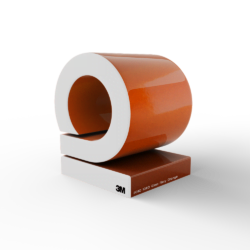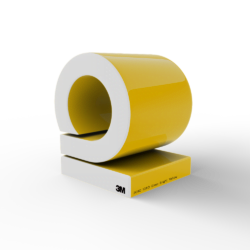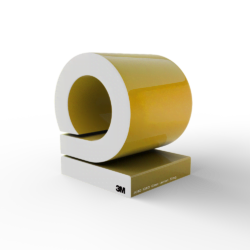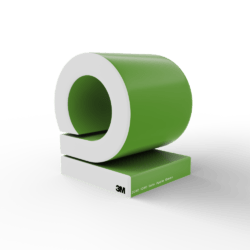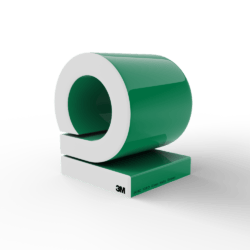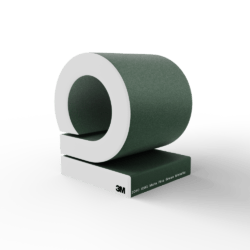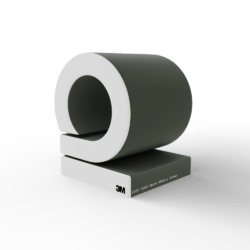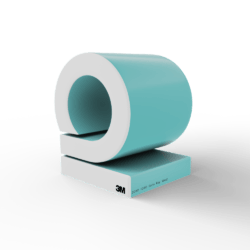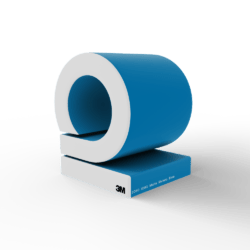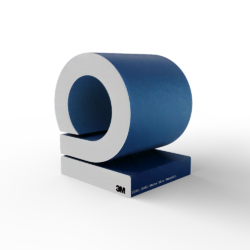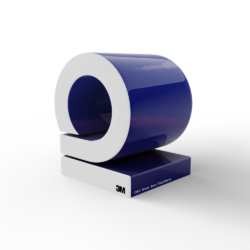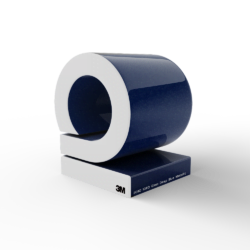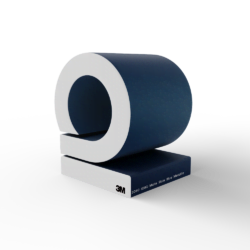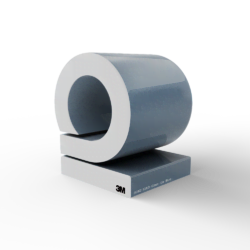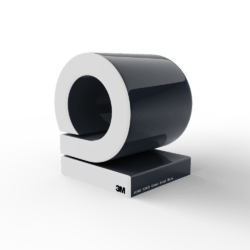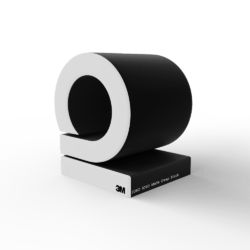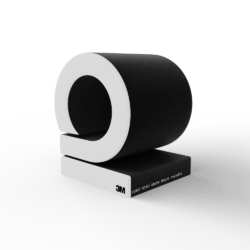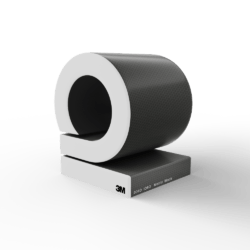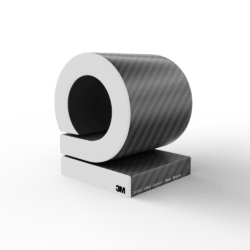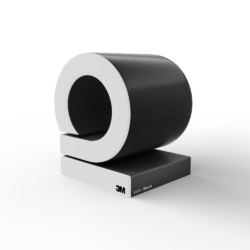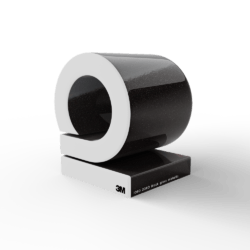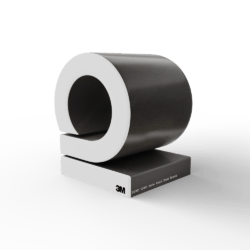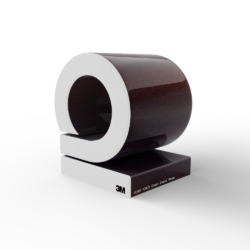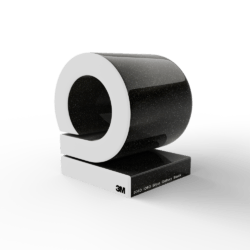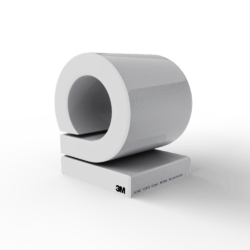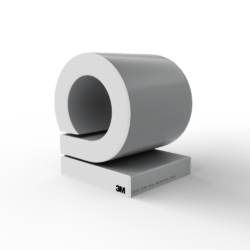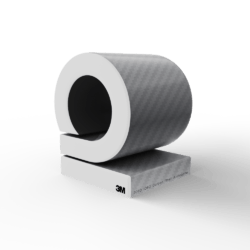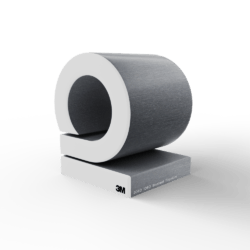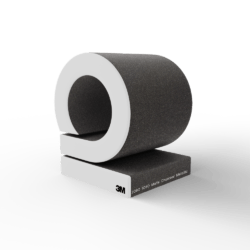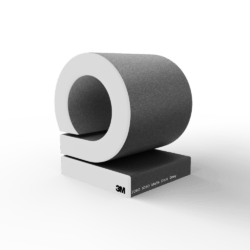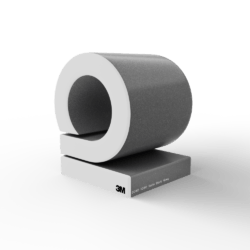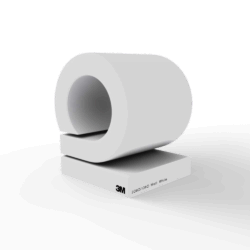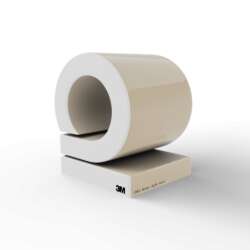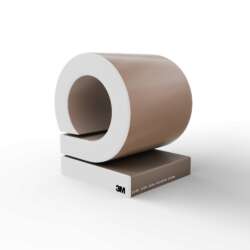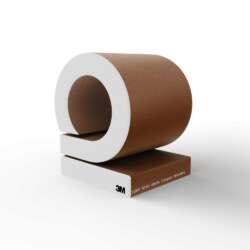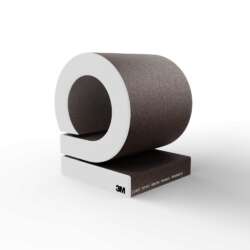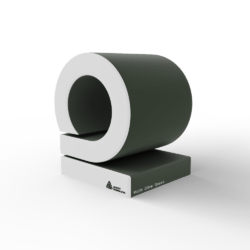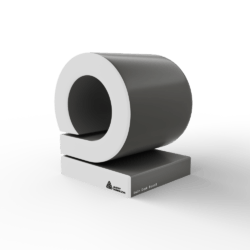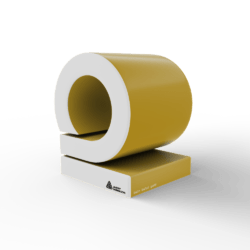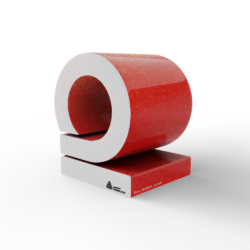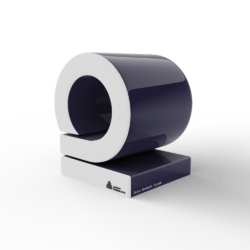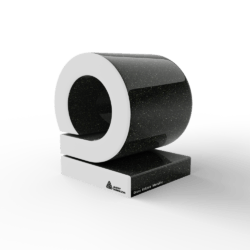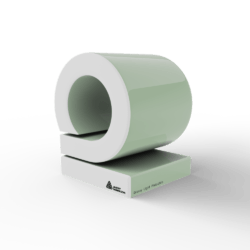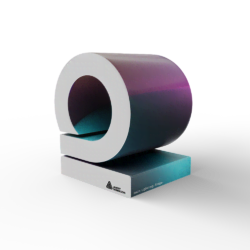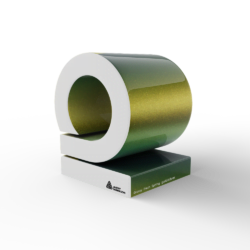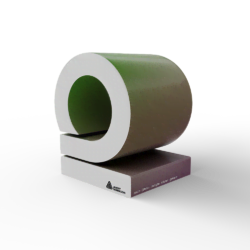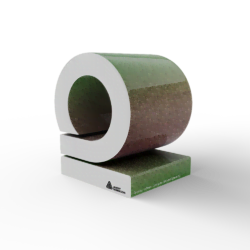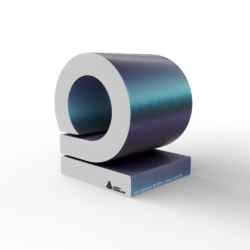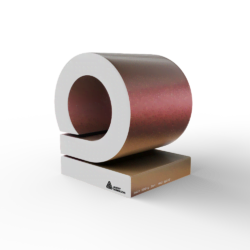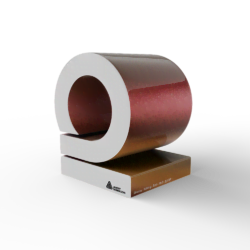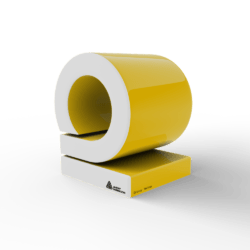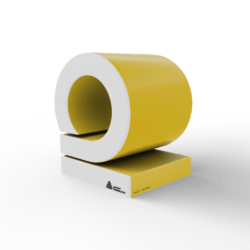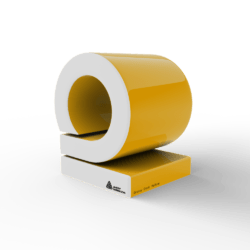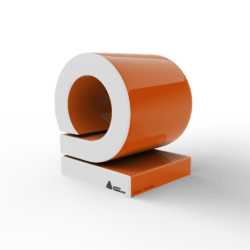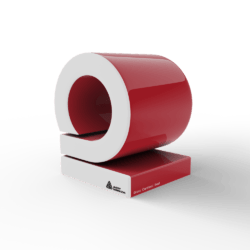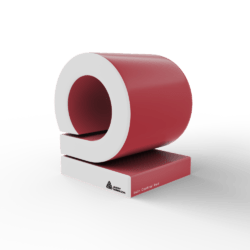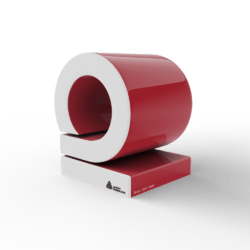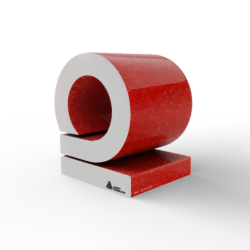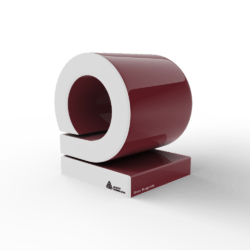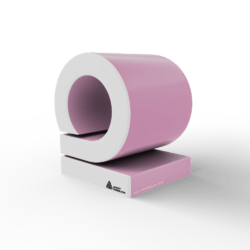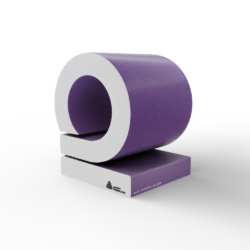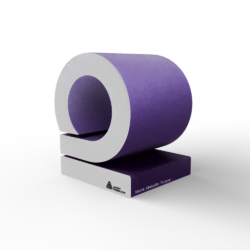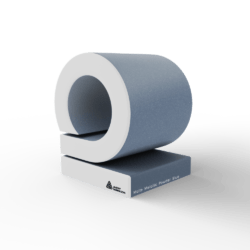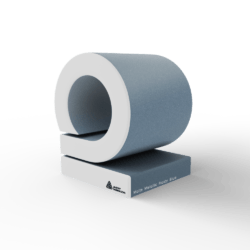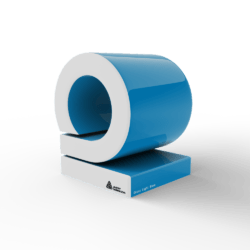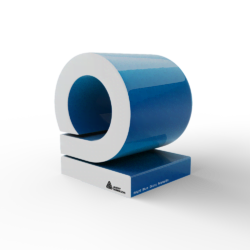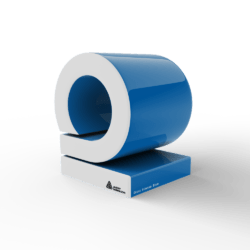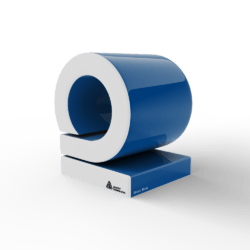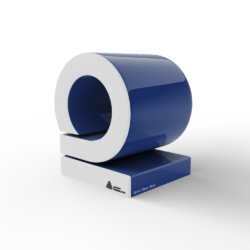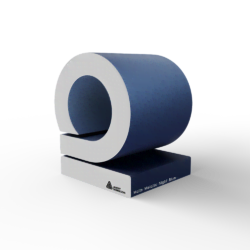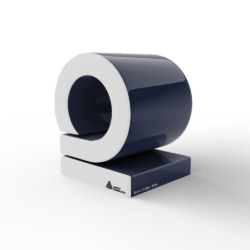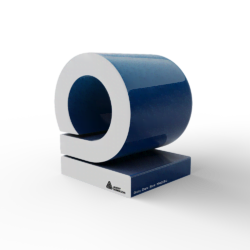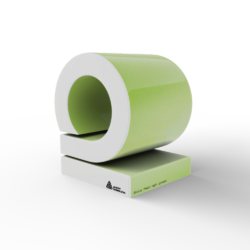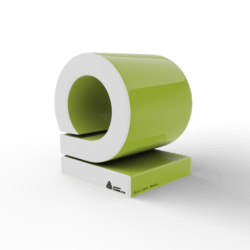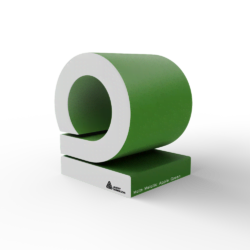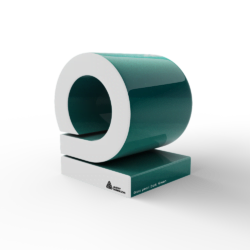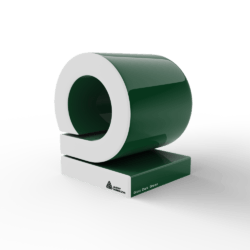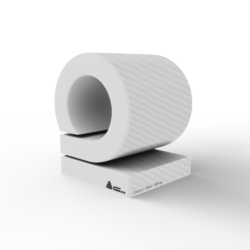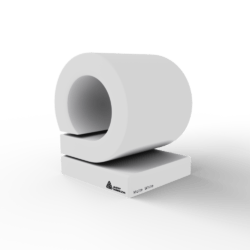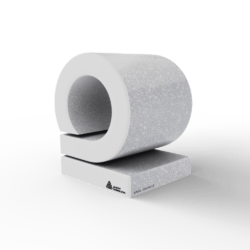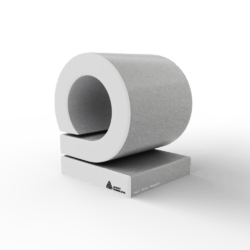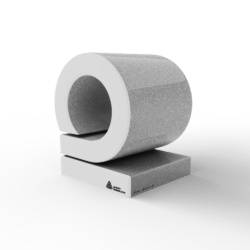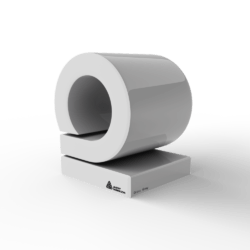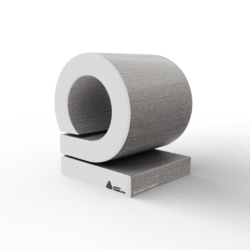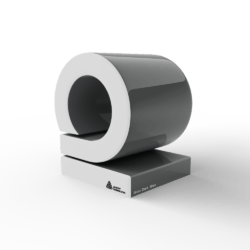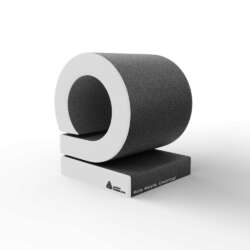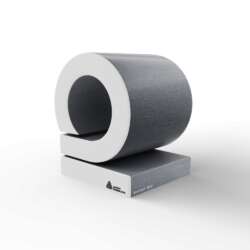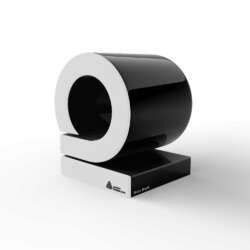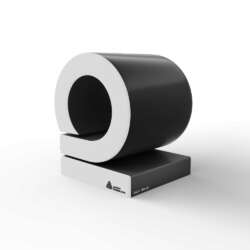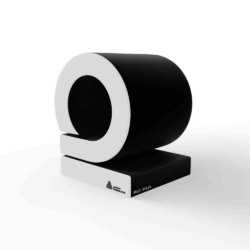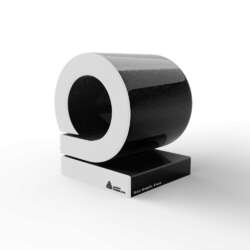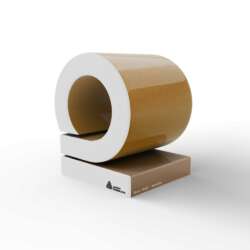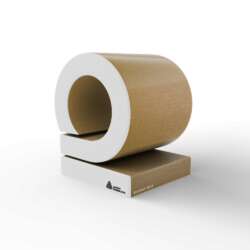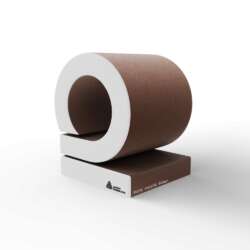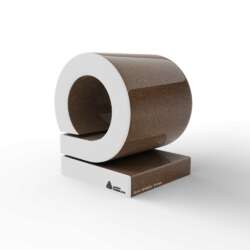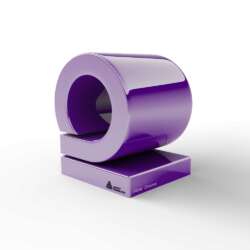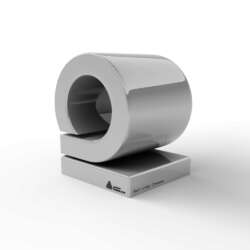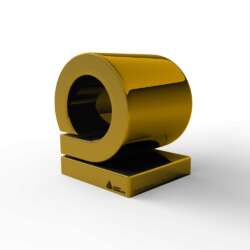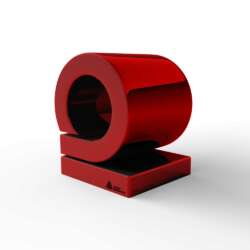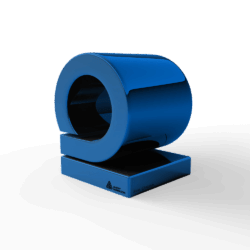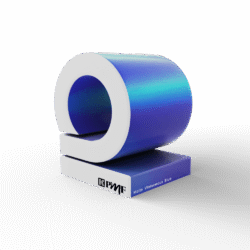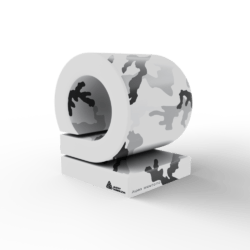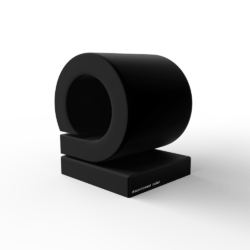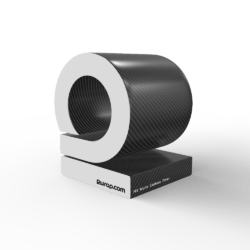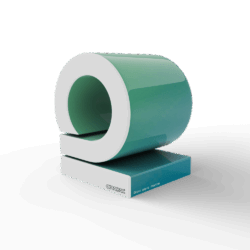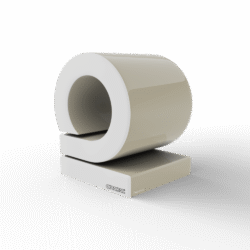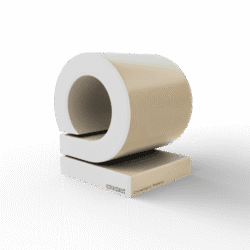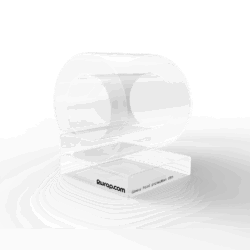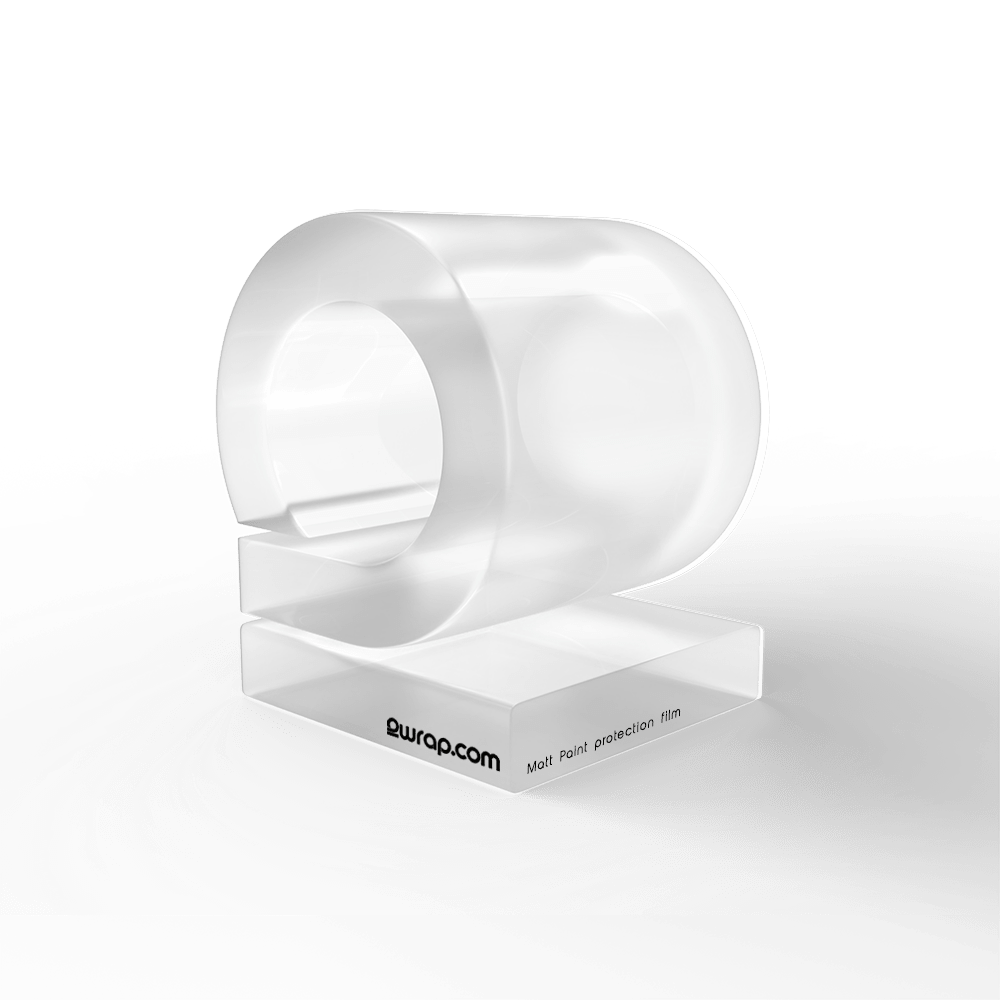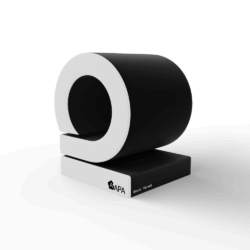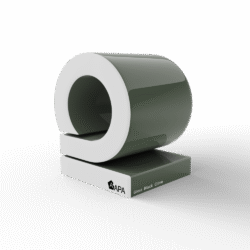Have you ever wondered if you could apply paint protection film (PPF) to your car on your own? You’re not alone! As the name implies, PPF serves to shield your car’s paint from external elements, scratches, and other potential damages. It notably adds to the longevity of the vehicle’s exterior while maintaining its pristine aesthetic condition.
With an understanding of the technique and a bit of patience, you can indeed do it yourself, and we at 2wrap.com are here to guide you through this process.
PPF application can seem intimidating initially, especially when considering it as a DIY project. The process is highly detail-oriented and requires meticulous precision. However, although professional application is always an option for any car owner, a DIY approach can end up being a satisfying and cost-effective alternative, provided you’re ready to invest some time and effort.
In this blog, we will walk you through the process of choosing the right PPF for your vehicle, preparing your car, correctly applying the film, and finally, maintaining it. We’ll provide you with step-by-step guides, tips, and tutorials to make the job easier, even for beginners.
At 2wrap.com, we carry a wide range of quality paint protection films in our shops suitable for DIY applications. Apart from product recommendations and guides, we’ll also highlight the necessary tools and products you’ll need for a successful self-application of PPF. Throughout the article, you’ll also learn about the common mistakes to avoid and how to correct certain errors during the process.
Whether you own a sports car, an SUV, or a daily-driver sedan, this guide will serve to help you protect your investment efficiently through DIY methods.
Choosing the Right PPF for Your Vehicle
The first step in a successful DIY paint protection film application is selecting the most suitable product for your car. With numerous PPF options available, it can be overwhelming to determine the right choice. When shopping for a PPF at our online store, consider the following factors:
- Material: High-quality PPFs are made from durable and flexible polyurethane materials, providing the best protection against debris and potential scratches.
- Thickness: A PPF’s thickness may range from 4mil (0.004 inches) to 8mil (0.008 inches). Generally, thicker films provide better protection but may also be more challenging to install.
- Clarity: Opt for a PPF with excellent clarity to preserve your car’s visual appearance and maintain an invisible protection layer.
- Warranty: Ensure that the PPF you choose comes with a solid warranty against defects and yellowing, demonstrating the manufacturer’s confidence in product quality.
Preparing Your Car for PPF Application
Before you begin applying the paint protection film, it’s essential to properly prep your vehicle to ensure optimal results. Here’s what you need to do:
- Start with a thorough wash: Clean your car thoroughly using a pH-neutral car wash soap. Remove any dirt, debris, or contaminants from the surface that can hinder the PPF’s adhesion.
- Dry your car: After washing, dry your car using a soft, lint-free microfiber towel to prevent water spots and streaks.
- Use a clay bar treatment: Even after washing, there may still be contaminants on your paint. Use a clay bar to remove any remaining surface contaminants and create a smooth surface for the PPF to adhere to.
- Wipe down with isopropyl alcohol: Wipe your car down with a 50% isopropyl alcohol solution to remove any leftover residue, ensuring a clean and contaminant-free surface.
DIY PPF Application Techniques
With your car prepped and the right PPF in hand, it’s time for the application process. Follow these steps for an effective DIY installation:
- Plan your approach: Analyze your vehicle and plan which sections you would like to cover with PPF. Popular sections for PPF application include the front bumper, hood, headlights, mirrors, door edges, and rocker panels.
- Gather your tools: Essential tools include a spray bottle with water and mild soap, a clean, lint-free cloth, a heat gun or hair dryer, and a squeegee.
- Measure and cut the film: Measure the sections you plan to cover on your vehicle, and cut the PPF accordingly. It’s advisable to add a few extra inches to the measurements to account for any errors in cutting.
- Apply the PPF: Apply the paint protection film by spraying the adhesive side with a water and soap solution, which will help you maneuver the PPF into position. Place the film on the desired surface and adjust its position until it’s correctly aligned.
- Squeegee out bubbles and water: Starting from the center, squeegee out bubbles and excess water, working your way outwards towards the edges. Apply gentle, even pressure to avoid scratching the film.
- Apply heat: For curved surfaces, use a heat gun or hairdryer to heat the film gently, making it easier to conform to the shape of your vehicle. Be cautious not to overheat the film and cause damage.
- Trim excess film: Once satisfied with the placement, trim any excess film with a sharp blade, ensuring a clean, precise finish.
Post-Application Care and Maintenance
Once your PPF has been applied, it’s crucial to care for it properly to maintain its appearance and longevity. Here are some tips to help you maintain your freshly applied paint protection film:
- Give it time to cure: Wait at least 48 hours before washing your vehicle to allow the adhesive to cure properly.
- Regular washes: Wash your car regularly using gentle, pH-neutral car wash soap, avoiding harsh chemicals that can damage the film.
- Use a quality PPF sealant: To prolong the life of your PPF, apply a PPF-specific sealant, which enhances the film’s finish and repels contaminants.
- Monitor for damage: Inspect the PPF regularly for any signs of wear, peeling, or discoloration. Address any issues promptly to ensure lasting durability.
Final Thoughts
Applying a paint protection film on your vehicle can be a rewarding and cost-effective DIY project, provided you’re willing to invest the time and effort it requires. By following our comprehensive guide, you’ll be well on your way to mastering the art of self-application, giving your car the protection and longevity it deserves.
Always remember that 2wrap.com is your trusted partner in this journey, offering high-quality PPF products and expert advice through our online shop. With the knowledge you’ve gained and the right paint protection film, you’ll tackle this DIY project with confidence and pride!
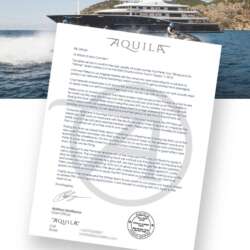 Reference Letter Aquila Yacht
Reference Letter Aquila Yacht carwrap simulator
carwrap simulator 3D CARWRAP CONFIGURATOR
3D CARWRAP CONFIGURATOR
